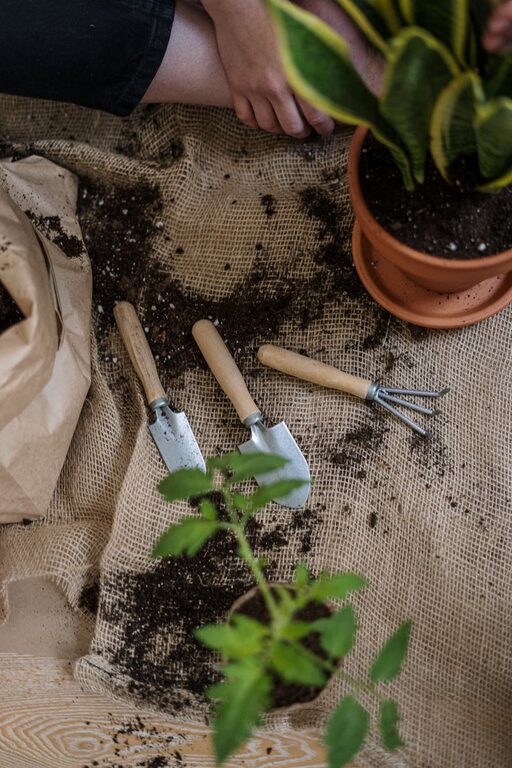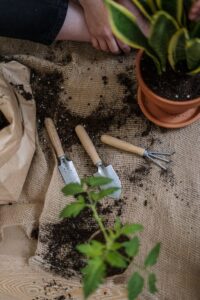
Growing herbs indoors is a wonderful way to bring fresh flavors into your kitchen and add a touch of greenery to your home. Whether you have a spacious kitchen windowsill or just a small spot on your balcony, starting a small indoor herb garden is easy and rewarding. This guide will walk you through everything you need to know to get started.
Why Grow Herbs Indoors?
Indoor herb gardening offers many benefits:
– Freshness: Pick herbs just before cooking for the best flavor.
– Convenience: No need for store runs or dried herbs that often lose flavor.
– Year-round enjoyment: Herbs can thrive indoors regardless of the season.
– Air quality: Plants help freshen indoor air.
– Cost-effective: Growing your own reduces the cost of buying herbs regularly.
Choosing the Right Herbs
When starting, choose herbs that grow well indoors and suit your cooking style. Some great options include:
– Basil: Perfect for Italian dishes and pestos.
– Parsley: Versatile garnish and flavor booster.
– Mint: Great for drinks, desserts, and salads.
– Chives: Mild onion flavor for a variety of meals.
– Thyme: Earthy aroma, excellent with roasted dishes.
– Cilantro: Adds fresh zest to many cuisines.
– Oregano: Classic herb for Mediterranean cooking.
Selecting Containers and Soil
Containers
Choose pots or containers with good drainage holes to prevent waterlogging. You can use:
– Small terracotta pots
– Ceramic pots
– Recycled containers (make sure to add drainage)
Avoid containers without holes; if you use a decorative pot without drainage, place a smaller pot inside it.
Soil
Use a high-quality potting mix designed for indoor plants. Avoid garden soil, which may be too heavy and carry pests. Look for:
– Well-draining soil
– Lightweight texture
– Optionally, a mix with perlite or vermiculite for aeration
Finding the Perfect Spot Indoors
Herbs need plenty of light to grow well. Ideally, place your garden:
– Near a south-facing window for maximum sunlight
– In a well-lit kitchen or sunroom
– Under grow lights if natural light is insufficient (at least 6-8 hours daily)
If you use grow lights, set a timer to mimic natural daylight hours.
Planting Your Herb Garden
Steps to Plant
- **Prepare your containers:** Add a layer of small rocks or broken pottery for drainage if desired.
- **Fill with potting mix:** Leave about 1 inch of space from the rim.
- **Plant seeds or seedlings:** Follow seed packet instructions for depth and spacing. If using seedlings, gently loosen roots before planting.
- **Water lightly:** Moisten the soil without soaking it.
- **Label your herbs:** Use small plant markers to remember what’s what.
Starting from Seeds vs. Seedlings
– Seeds: More affordable and rewarding, but some patience is needed. Start seeds indoors in small trays before transplanting.
– Seedlings: Easier and faster start, available at garden centers.
Caring for Your Indoor Herb Garden
Watering Tips
– Check soil moisture regularly; water when the top inch feels dry.
– Avoid overwatering—herbs do not like soggy roots.
– Use a watering can with a narrow spout to water near the soil line.
Light and Temperature
– Ensure 6-8 hours of bright light daily.
– Maintain room temperatures between 65–75°F (18–24°C).
– Avoid drafty windows or placing plants near heat vents.
Feeding Your Herbs
– Fertilize every 4-6 weeks with a balanced, water-soluble fertilizer diluted to half strength.
– Avoid over-fertilizing, which can reduce flavor.
Pruning and Harvesting
– Regular pruning encourages bushier growth.
– Harvest leaves often but avoid removing more than one-third of the plant at a time.
– Pinch off flower buds promptly to keep the plant focused on leaf growth.
Troubleshooting Common Issues
– Yellowing leaves: May indicate overwatering or insufficient light.
– Leggy, stretched plants: Typically caused by too little light.
– Pests: Aphids or spider mites can appear; wash leaves with mild soapy water or wipe with a soft cloth.
– Slow growth: Check soil quality, light, and watering habits.
Additional Tips for Success
– Rotate pots every few days for even light exposure.
– Group herbs with similar needs together to simplify care.
– Clean containers and change soil annually to prevent disease buildup.
– Experiment with new herbs once comfortable with basics.
Conclusion
Starting a small indoor herb garden is simple and satisfying. With just a bit of planning and care, you can enjoy fresh herbs year-round, right at your fingertips. Plus, the joy of nurturing plants adds freshness and vitality to your living space. So grab some pots, pick your favorite herbs, and start growing today!
Happy gardening!




